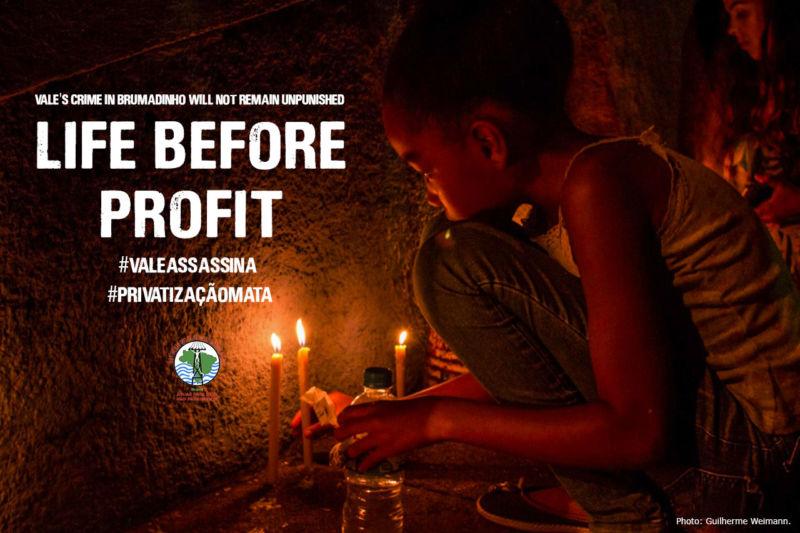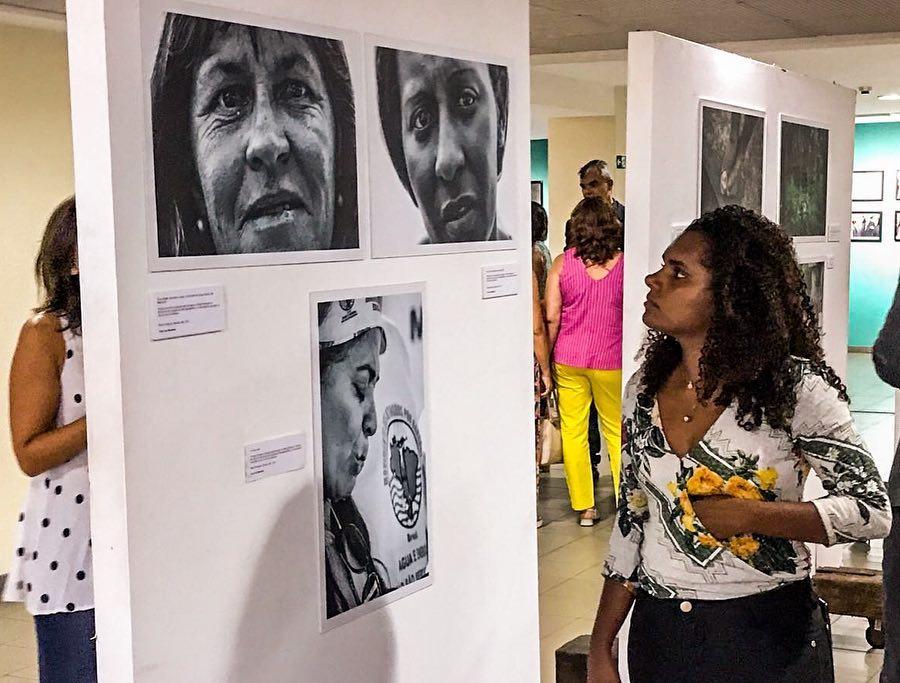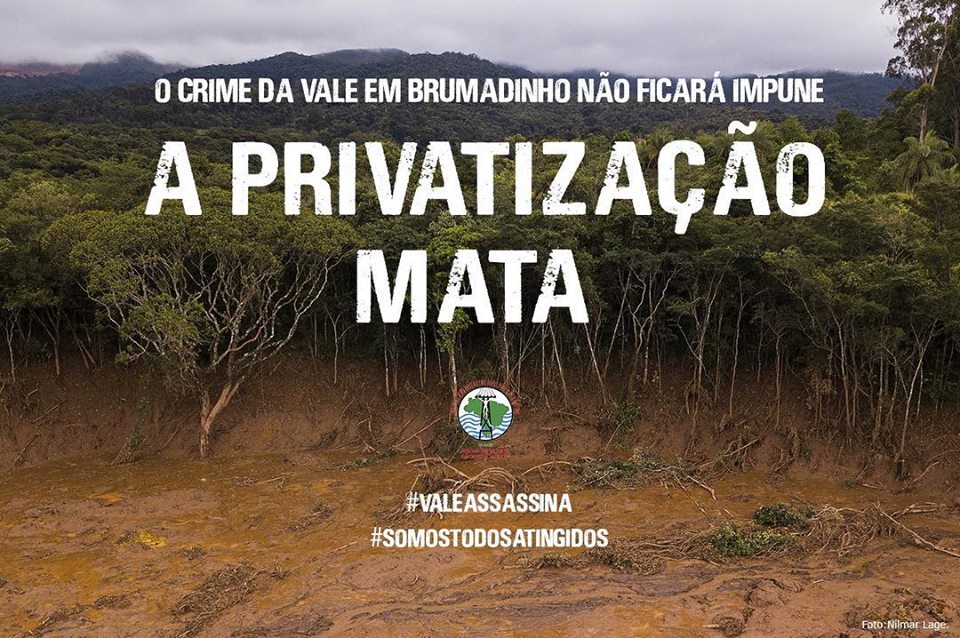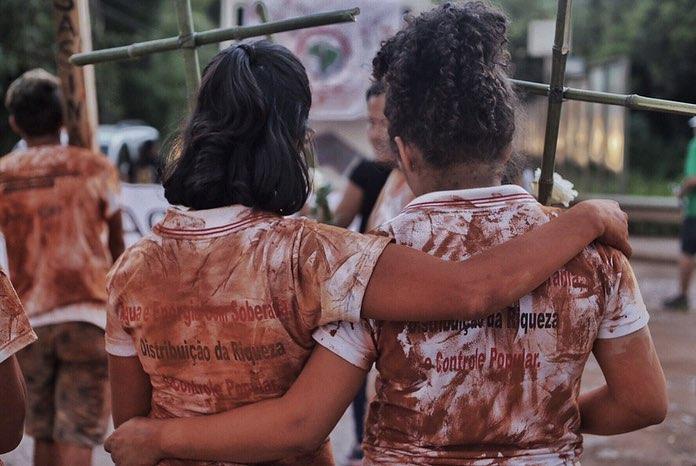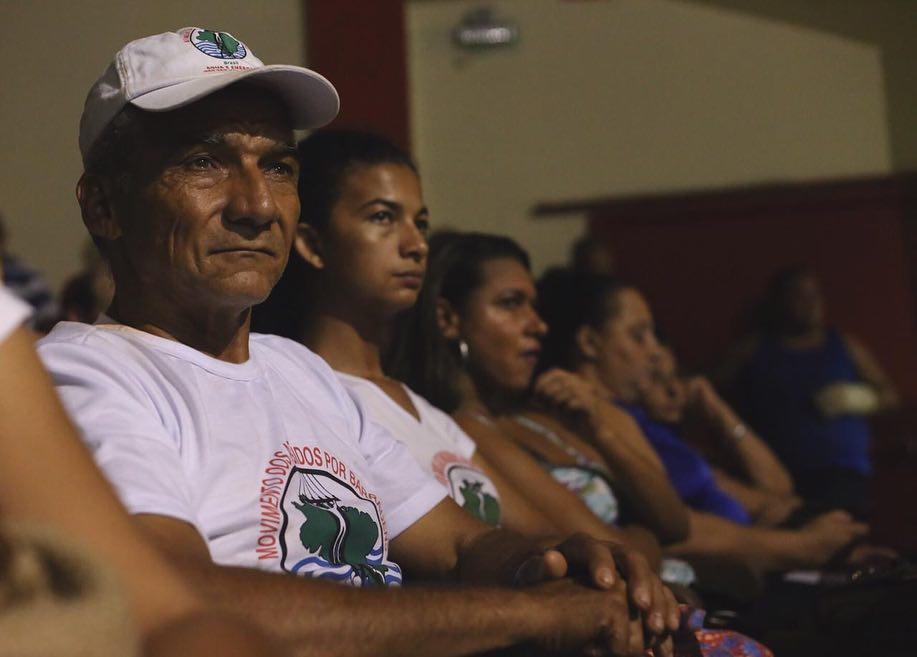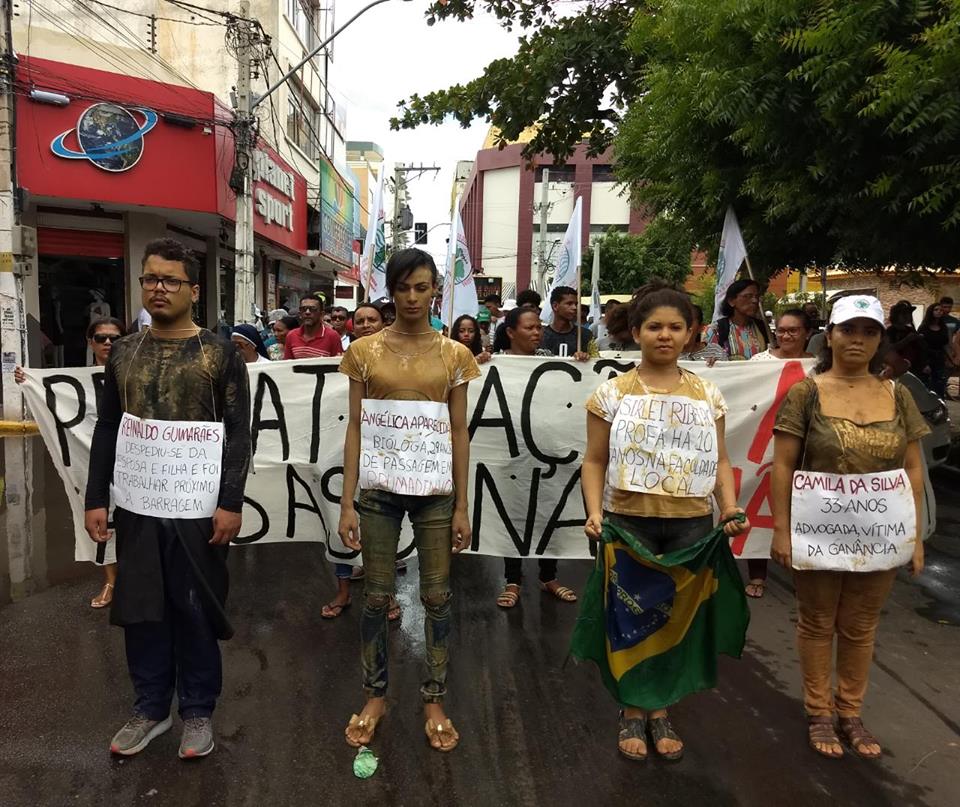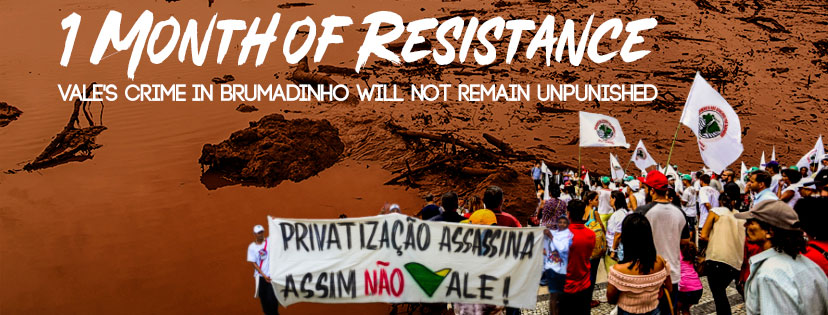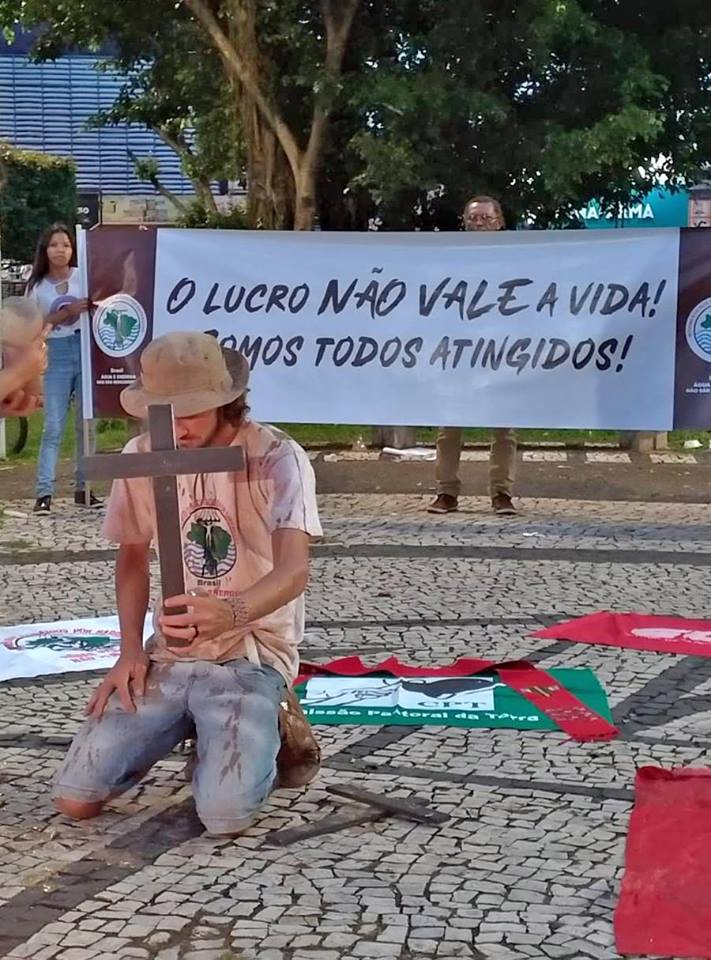We Are All Affected: Aftermath of Brumadinho Disaster
It was lunchtime. The cafeteria of the mining operation was teeming with workers. Restaurants in the nearby community of Vila Ferteco were bustling. Tourists were starting there weekends early relaxing in the homes they rented. In an instant everything changed.
Over 12 million cubic meters of toxic brown sludge rushed through the once-verdant valley felling trees, demolishing homes and sweeping away people in the torrent. Local TV broadcast images of firefighters rescuing people by helicopters and other large vehicles. People were being hoisted and pulled from the thick dark mud barely able to breathe.
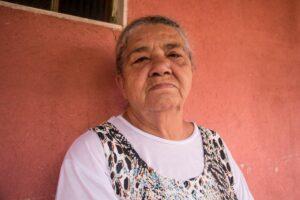
“We lost a lot of people in there. My grandson is still missing in the mud. My nephews, too…Everything is there, in that mud,” said 74-year-old Carmem Vicentina Barbosa (pictured right), who has lived her whole life in one of the communities devastated by the flood.
On January 25, 2019, the second largest collapse of tailings dams in the world devastated Brumadinho, Brazil. At least 300 people are confirmed dead (only 179 of the bodies found have actually been identified) and thousands of others were affected as the equivalent of 5,200 Olympic swimming pools of toxic mining waste flowed from three failed tailings dams. The long-term effects are still unknown.
This was a tragedy that didn’t have to happen.
PUTTING PROFITS BEFORE LIFE
The dams were owned and operated by transnational mining giant Vale. Vale is the largest producer of iron and nickel ore in the world and is no stranger to controversy. In 2015, the Fundão tailings dam they owned collapsed near the city of Mariana (in the same state of Minas Gerais of the current disaster) that left over 600 people homeless and contaminated the water supply used by over 250,000 people.
A new report released by our partner the Movement of People Affected by Dams (MAB) discusses how Vale prioritized their profits over the safety of communities and the ecosystem. After the Fundão disaster, Vale said they would voluntarily “deactivate” 19 upstream dams, but continued to use 10 of them for storing tailings waste, including one of the dams that collapsed in January 2019. In fact, workers and documents prove that Vale knew this dam was cracked and in risk of bursting.
“The problem is the bosses, the engineers who saw that this was going to happen and did not make the decision before. A lot of people inside said that Vale put plastic around the dam. As if plastic was going to resist something like that. They knew,” said Carmen.
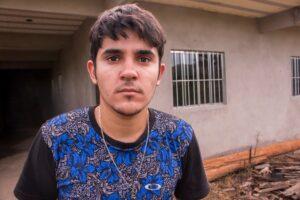
According to MAB’s report, there are roughly 24,000 dams in Brazil being used to store mining waste, for power generation and for the water supply. Of these, only 4,510 are registered with the National Dams’ Security Policy (the agency responsible for dam safety) and only 3% of these were actually inspected. This means that companies, like Vale, can operate the dams they own with virtually no oversight, putting profits before the safety of the communities and the ecosystems in the path of these dams.
LONG-TERM EFFECTS ON THE HUMAN RIGHT TO HEALTH
MAB immediately responded to Brumadinho by sending an emergency organizing brigade to provide critical support, including some of the survivors from the 2015 Mariana disaster. In MAB’s report, they also discuss the long-term health effects of the Brumadinho and Mariana tragedies. They see the rupture of these dams as violating the fundamental human right to health and that the impacts go far beyond what Vale and the government are reporting.
The “official” figures only count those directly injured, killed or left homeless from the initial floods. They do not delve into the long-term health impacts like PTSD and other mental health issues, skin and respiratory diseases, and other infectious, mosquito-borne illnesses that have spiked in the affected communities since the disasters.
MAB also views the ecological destruction and pollution that has occurred from these disasters as directly related to the human right to health. An initial government report of the Paraopeba River found the heavy metal pollution (nickel, lead, mercury, cadmium and zinc) to be up to 21 times higher than what is considered acceptable and have advised people to stay 100 yards – the length of a football field – from the river. While the Paraopeba River was the initial site of the Brumadinho disaster (supplying over 600,000 people in eight municipalities), it flows into the much larger São Francisco River that supplies water to seven states in Brazil and over 100 municipalities. The polluted water will flow nearly 1,300 miles along the São Francisco River on its way to the ocean – that’s the equivalent distance between Washington, DC to Dallas, TX! The water of the São Francisco River is used for drinking, fishing and farm irrigation, which will all have serious impacts on the access to safe food and water for years to come.
ORGANIZING AGAINST CORPORATE IMPUNITY
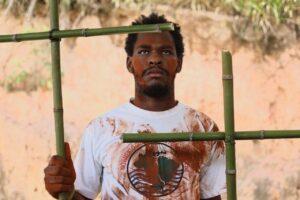
If there’s one thing that MAB and the affected communities from the Mariana disaster have learned, it’s that Vale will use every tactic in the book to minimize their liabilities when it comes to monetary, health and environmental damages from the wake of these disasters. Their goal is to break up community organizing and the power that comes when affected people join together in the struggle to demand reparations.
Our principles echo what MAB’s report states, “The people must be protagonists within the repair of their lives, because they are the only ones who know the local reality, the ways their lives have been affected, what needs [to be done] and how it must be repaired.”
Grassroots supported MAB with an emergency grant of $20,000 to support organizing and communications efforts on-the-ground in Brumadinho. MAB stressed the importance of using visuals and advocacy actions as part of their organizing strategy to combat Vale’s PR machine, raise the voices of affected communities and to keep up the pressure on Vale to be held accountable (see a sampling of their visuals in the slideshow below and follow them on Facebook and Twitter).
The people must be protagonists within the repair of their lives, because they are the only ones who know the local reality, the ways their lives have been affected, what needs [to be done] and how it must be repaired.
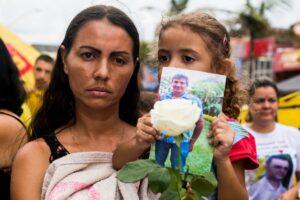
Their organizing has already produced some short-term victories for affected communities. The Preliminary Adjustment Agreement was created in Brumadinho, which provides an initial and monthly stipend for household costs until life and work is stabilized. Their efforts also pushed the government to demand that Vale stop collecting and registering data about people affected by the dam. (This is a strategy that Vale used in Mariana to individually approach affected people to dismantle collective organizing and bargaining.)
Although these are very preliminary victories, they show the power that people have when they join together in the struggle to demand justice and reparations and defend human rights. Grassroots International continues to stand in solidarity with MAB and the communities in Mariana and Brumadinho as they organize for the long-haul and demand:
- Vale to be held responsible for their actions and to pay reparations.
- The inclusion and participation of the affected communities in any decision or reparation agreement.
- A guarantee of the inclusion of civil society in all follow-up and monitoring of decisions.

